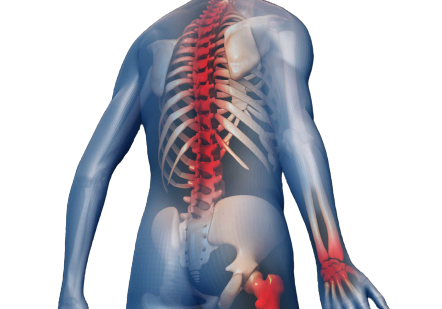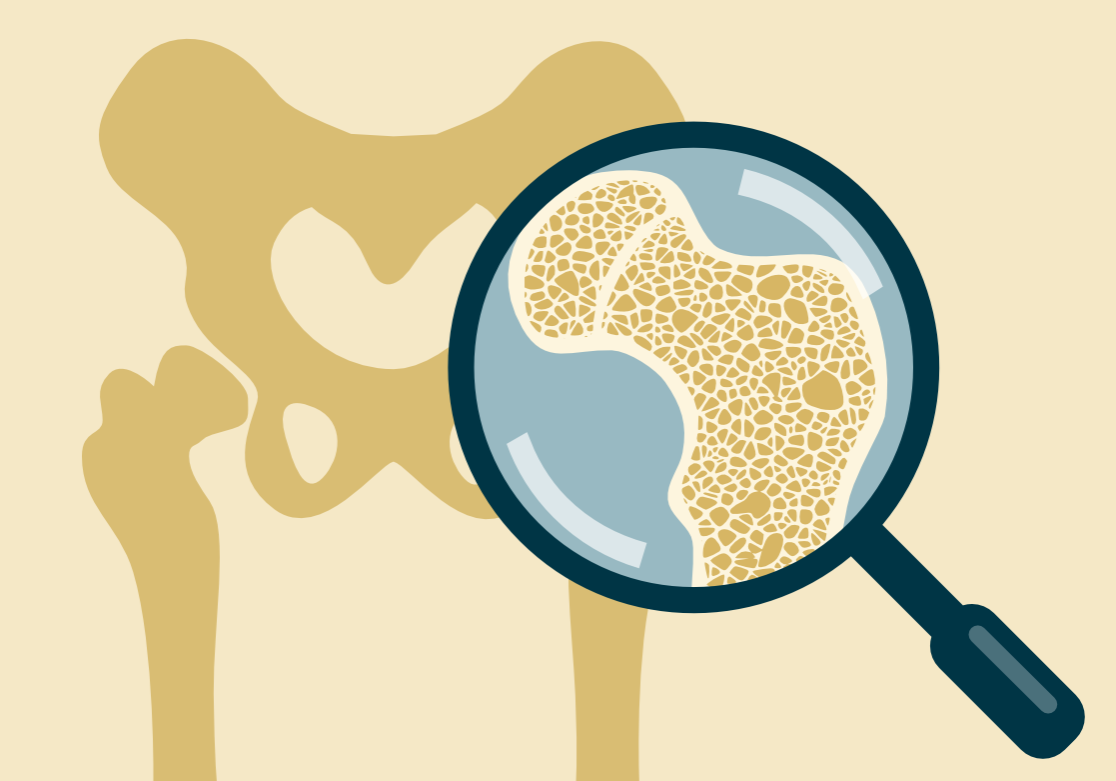Guide to Osteoporosis Management and Fracture Prevention

Clinical Practice Resources
New clinical resources are designed to support healthcare professionals, long-term care facilities, and patients in Ontario. They provide valuable assistance in preventing and managing osteoporosis and fragility fractures. As part of ongoing efforts to improve care, these resources aim to enhance the clinical environment by providing up-to-date information and tools for healthcare providers and facilities within Ontario.

Clinical Practice Guideline 2023
Your updated resource for optimizing bone health and preventing fractures in postmenopausal females and males aged 50 years and older. This updated guideline offers comprehensive recommendations based on the latest research and best practices.
The guideline has been published in the Canadian Medical Association Journal (CMAJ)

Clinical Practice EMR Tools
This guideline offers guidance to healthcare professionals, long-term care facilities, and patients in both Ontario and Canada. With over 2.3 million Canadians affected by osteoporosis, especially postmenopausal females and males aged 50 and older, this guideline is crucial for optimal care and fracture prevention. Explore additional resources for maximum guideline utilization.
Here are some key sections from the guideline:

“We are hopeful that this Canadian guideline will empower healthcare professionals and patients to have meaningful discussion on the importance of skeletal health and fracture prevention to preserve mobility and autonomy across adulthood.” - Dr. Suzanne Morin, lead author and Chair of the 2023 guideline steering committee.
Screening community-dwelling individuals for risk factors associated with osteoporosis and fractures.
Preventing fractures that can have a profound impact on quality of life.
Offering interventions to optimize skeletal health.
The guideline proposes an integrated approach to managing bone health and preventing fractures in postmenopausal females and males aged 50 years and older.
This approach emphasizes:
Nutrition Recommendations from Guideline
- Calcium Intake:
- For people who meet the recommended dietary allowance for calcium with a variety of calcium-rich foods, no supplementation is suggested to prevent fractures.
- Health Canada's recommended dietary allowance for calcium is 1000 mg/day for males aged 51-70 years and 1200 mg/day for females over 50 years and males over 70 years.
- Individualized Calcium and Vitamin D Intake:
- For people initiating pharmacotherapy (medication), it is considered good practice to individualize intake of calcium and vitamin D.
- Participants in most pharmacotherapy trials received a minimum of 400 IU/day of vitamin D and up to 1000 mg/day of calcium supplements. However, food sources or supplementation should be individualized according to risk factors for insufficiency.
- Protein, Vitamin K, and Magnesium:
- For people who follow Canada's Food Guide, no supplementation of protein, vitamin K, or magnesium is suggested to prevent fractures.
- These recommendations are conditional, with low-to-very low certainty evidence for protein, vitamin K, and magnesium.
- Vitamin D Intake:
- It is suggested to follow Health Canada's recommendation on vitamin D for bone health.
- Health Canada's recommended dietary allowance for vitamin D is 600 IU/day for those aged 51-70 years and 800 IU/day for those over 70 years (both males and females).
- For adults over 50 years, taking a vitamin D supplement of 400 IU daily in addition to consuming vitamin D-rich foods is recommended to achieve the recommended dietary allowance. Additional supplemental vitamin D should be provided for individuals at risk of vitamin D deficiency.

Risk Assessment Recommendations from Guideline

- Fracture Risk Assessment:
- An approach based on the assessment of age and the presence of clinical risk factors is suggested for identifying people who should undergo bone mineral density (BMD) measurement.
- This strategy delays BMD testing in most people until age 70 years and allows for appropriate categorization of those at high fracture risk with the fracture risk assessment tools available in Canada.
- Canada-specific tools like FRAX (Fracture Risk Assessment Tool) are recommended for fracture risk estimation.
- Fracture Liaison Service (FLS):
- It is recommended that postmenopausal females and males aged 50 years and older who present with a recent fracture have access to a Fracture Liaison Service to improve identification and treatment initiation for osteoporosis.
- Treatment Initiation Thresholds:
- No consensus exists on the optimal approach to setting a treatment threshold.
- In setting pharmacotherapy initiation thresholds, considerations include the burden of fractures in the Canadian population, baseline fracture risk, efficacy of pharmacotherapy, and the importance of identifying those at high fracture risk.
- Previous fractures of the vertebra or hip, and more than one fracture, indicate high risk for future fractures.
- An intervention threshold of 20% for 10-year major fracture risk (as measured by FRAX or CAROC fracture risk assessment tools) was selected for consideration, especially for females aged 50 years and older.